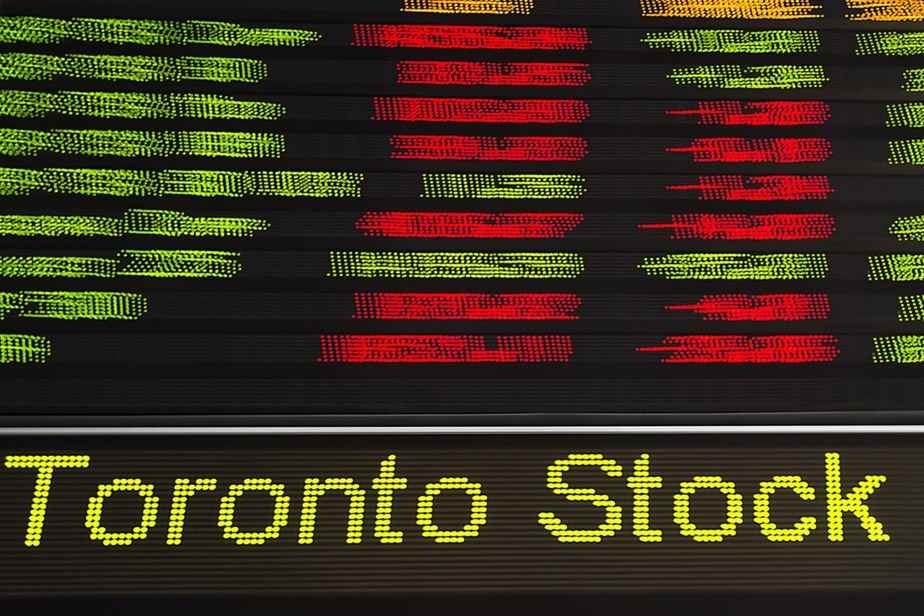Undoubtedly, the growth of the exchange-traded fund (ETF) market is still largely based on the popularity of index management. While their size now reaches 15% of the total investment funds in the country, ETFs are to a large extent index funds. In fact, about 77% of ETFs are. Overview.
Posted at 8:00 a.m.
“Indexing remains the cornerstone of ETFs,” says Alain Desbiens, ETF Director at BMO Global Asset Management. Is it any wonder knowing that financial institutions are among the most active in trading ETFs in their portfolio management operations, explains Mr. Desbiens.
As of August 31, ETF assets totaled $324.1 billion in Canada, a decrease of only 0.6% compared to the previous year, despite the significant decline in the markets. There are now 1,010 funds, 73 more than at the same time last year.
Among the highlights of the past 12 months, the ETF sector continued to show positive net sales. ETFs that are currently popular include funds with low volatility, those composed of securities paying good dividends, as well as those invested in high quality securities.

PHOTO ROBERT SKINNER, THE PRESS
Alain Desbiens, ETF Director at BMO Global Asset Management
At the end of the economic cycle, funds focusing on stocks with lower volatility are among the favorites of investors, and this has certainly been demonstrated in the ETF market since the beginning of the year.
Alain Desbiens, ETF Director at BMO Global Asset Management
From a sector perspective, ETFs targeting the health care and clean and renewable energy sectors are now attracting a large number of investors, the BMO ETF Director also notes.
Avoid the traps
ETFs are mostly relatively liquid investment vehicles, meaning they can be bought and sold quickly. But it also involves a risk, explains Hélène Gagné, portfolio manager at Gagné Johnston Private Management (PEAK Securities). “When you have a good portfolio built to face all conditions, you don’t change your game plan,” she says.
Selling your stock market assets now to take refuge in income securities may seem attractive given the rise in interest rates. But this involves a significant risk, because the stock markets will probably start to rise long before interest rates really drop, believes Hélène Gagné.
It is during these periods of great volatility like the one we are going through that we can make a difference, according to her. Mistakes should be avoided.

PHOTO CATHERINE LEFEBVRE, SPECIAL COLLABORATION
Hélène Gagné, Portfolio Manager at Gagné Johnston Private Management
If you sell, you can miss the rise that will eventually follow. We have a game plan, and we have to follow it.
Hélène Gagné, Portfolio Manager at Gagné Johnston Private Management
The important thing will always be to hold a well-diversified portfolio, according to her. ETFs will seek yield when markets return to an uptrend. “During a recovery, the titles do not all respond in the same way, so it is not easy to make the right choices. ETFs, for their part, ensure that we will benefit from the recovery of the sectors in which we have invested,” says Ms.me Won.
Watch out for the whooping cough of the moment
It often seems like the number of new ETFs is proliferating every year, and that’s probably not wrong. The financial services industry is efficient and never misses an opportunity to provide investors with the investment vehicles they want.
“Several new funds appear each year, and you have to be careful, because it can be dangerous,” says Hélène Gagné. Changing one’s portfolio according to the darling of the moment can often be a risky practice, according to her.
